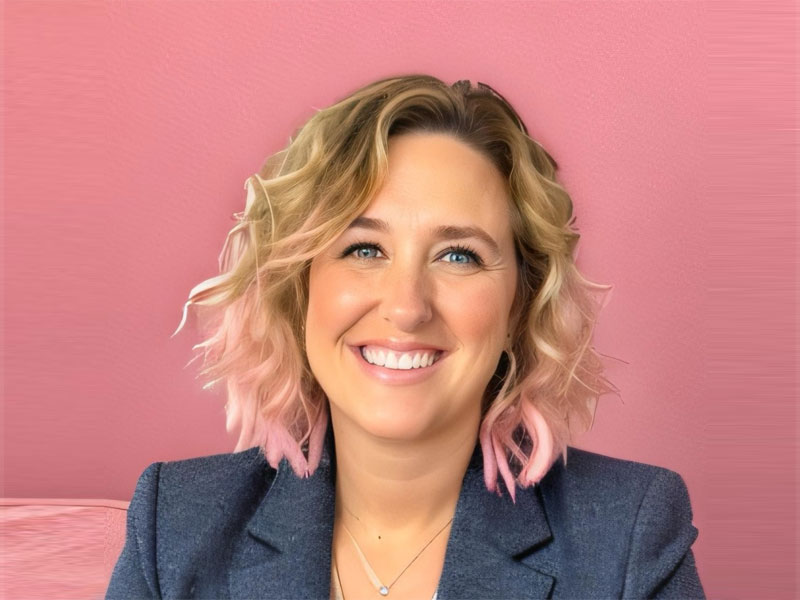The problem with healthcare is…well, there are many. We all know this, and while we continue to try to improve our model, to improve the health of patients, and in a way that is still sustainable, and let’s be honest, still profitable, there is a long way to go.
In 2022, the annual health spend in the US was $4.4 trillion dollars and that number isn’t going down despite all of our efforts. In fact, PwC is projecting an 8% year-on-year medical cost trend in 2025. What’s even more concerning is that 90% of the annual spend is due to chronic health issues (including mental health), and 70-90% of that are conditions that are preventable or largely reversible with lifestyle modification, a holistic wellness strategy, or other naturopathic approach.
While the layers and complexity that have been added to the business of care that consumes cost and truly doesn’t make healthcare more affordable for the patients, there is much to repair, but I believe that the biggest issue with healthcare is that in our plight to control outcomes, we have created a healthcare journey where the patient is the passenger and not the driver.
When the path to care involves the patient being a passive consumer rather than an empowered partner of the care team, then we have set them up for failure. In a system that is saturated with ailing clients and the business pressures of inflation, aggressive payer contracting, and with only half of every dollar spent actually going to the provider, the pressure for keeping the revolving door moving rapidly and appointments to last a maximum of 20 minutes constricts a provider’s ability to fully educate and engage a patient and their family in their care plan. Many times writing the prescription that will have more predictable and faster outcomes becomes a favored approach to both the provider and the patient.
So how do we turn this Titanic around? We’ve long known that healthcare is fractionated. Lack of transition of care further exacerbates the existing issues and getting care in silos leads to dangerous adverse outcomes at worst and no true progress towards disease state reversal at best.
The fix is not going to be easy. It’s a process that involves unlearning as a provider. We must start to seek answers that get to the root of the cause of disease. Rather than treating the symptoms of illness at each stage of disease, attempting to manage chronic disease well, we as a healthcare community must get in sync to educate and elevate our patients and their families into the care team. We must teach the power of knowledge and healthy daily habits that have a sustainable impact. We know now that the body begins to heal itself from damage and risk when people stop smoking. We know that certain foods, preservatives, and chemicals can cause inflammation in the body or act as endocrine disrupters. We know that a gut microbiome that is lacking in the diversity that comes from a whole food diet has negative implications on our health in many ways and potentially may increase our risk of cancer. And we know that sugar is the readily available and legal drug that causes immense damage, from brain fog and chronic fatigue to diabetes that unchecked can lead to organ failure, loss of vision, neuropathy, poor circulation and inability to heal. Even mild to moderate exercise that strengthens the musculoskeletal system and core can have positive a positive impact on mental health in addition to helping prevent injury, stress, and immobility as we age, not to mention the ability to help combat obesity and cardiovascular disease.
Wellness strategies must not become an added task or afterthought. It must become a central focus that is emphasized in every touchpoint of healthcare. Together we must begin to build a culture of wellness. We must teach others the dangers of hidden hazards in our everyday environment, especially in the convenient foods that are inexpensive and easily accessible with long shelf-lives. We must work together to make healthy food options not only attainable but an attractive and affordable option. We must encourage patients and families and celebrate progress.
While we can’t wave a magic wand and fix all of the issues with our system in a moment, we can start getting back to basics, listening to our patients, and providing them the education and encouragement they need to succeed. We can’t carry them all to health but we can lift the torch and lead them there. Our actions are impactful for the good or the bad, depending on our choices. We can cover a wound but if the wound is deep the Band-Aid won’t heal it.
While chronic disease state management literally means helping people manage their disease forever, I dare say it’s not equivalent to disease reversal strategy, and the last time I wrote the word health I couldn’t do it without including H, E, A, and L. We have to start getting to the root of disease instead of managing symptoms, writing more prescriptions which then may cause other symptoms, and empower our patients to contribute to their healing. Not only might this take more than 20 minutes once or twice a year, but it will definitely take all providers, payers, and patients working together or at least getting on the same page and aligning our goals and actions.
References:
Fast Facts: Health and Economic Costs of Chronic Conditions | Chronic Disease | CDC
Health expenditures in the U.S. – statistics & facts | Statista





